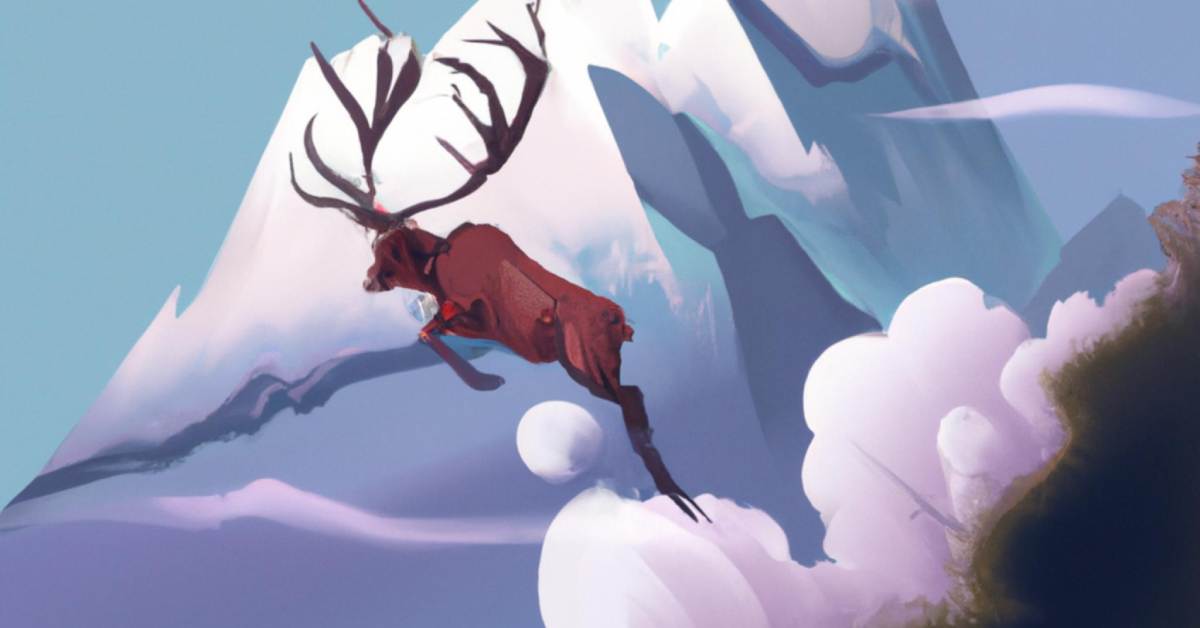Antlers, the majestic and often massive bony structures that grace the heads of deer, moose, elk, and other cervid species, have long fascinated humans. These remarkable growths, which are unique to the animal kingdom, have given rise to numerous myths and misconceptions, particularly when it comes to the process of antler shedding. In this article, we aim to dispel some of these myths and shed light on the truth behind this natural phenomenon.
Myth 1: Antler Shedding is Painful for the Animals
One of the most common misconceptions about antler shedding is that it causes pain or discomfort to the animals. In reality, the shedding process is entirely painless. The key to understanding this lies in the biology of antlers. Fully matured antlers lack nerves and blood vessels, rendering them insensitive to pain. The velvet, which covers antlers during their growth phase and contains the nerves, is shed before the antlers fall off. This ensures that the shedding process is pain-free for the animals.
[ Related Article: Does Antler Shedding Hurt? ]
Myth 2: Shedding Antlers is a One-Time Event
Another misconception is that antler shedding occurs only once in an animal's lifetime. In truth, antlers are shed annually in many cervid species. This shedding and regrowth cycle is a remarkable phenomenon driven by hormonal changes and environmental factors. After the rut, or breeding season, antlers begin to weaken at their base, leading to their eventual shedding. Shed antlers are then replaced by new ones in preparation for the next breeding season.
Myth 3: Antlers are Used Solely for Combat
While antlers are indeed used in combat among males during the rut, their functions extend far beyond that. Antlers are versatile structures with multiple purposes, including mate attraction, defense against predators, foraging for food, communication, and even thermoregulation. They are not limited to being weapons; rather, they are multifunctional tools that enhance an animal's survival and reproductive success.
Myth 4: Antler Size Reflects the Animal's Age
It's a common belief that the size of an animal's antlers directly correlates with its age. However, this is not entirely accurate. While age can influence antler size to some extent, genetics, nutrition, and overall health play equally significant roles. An older animal does have more opportunities to grow larger antlers, but other factors are equally important in determining their size and shape.
Myth 5: Velvet Shedding is Painful for the Animals
During the antler growth phase, the velvet covering the antlers is a crucial component. Some mistakenly believe that when animals rub their antlers against trees and shrubs to remove the velvet, it causes them pain. In reality, this behavior is a natural part of the antler shedding process. The rubbing helps remove the last traces of velvet and may also serve to strengthen the neck muscles. Observations in the wild show that animals engage in this behavior without apparent distress.
Myth 6: Antlers are Hollow
A common misconception is that antlers are hollow. In truth, antlers are solid structures composed primarily of bone. While they may appear to be hollow when viewed from the outside, they are solid on the inside. This solid composition contributes to their strength and durability, which are essential for their various functions.
Conclusion
In conclusion, understanding the truth behind antler shedding is essential for appreciating the fascinating lives of cervids and their unique adaptations. Dispelling these myths and misconceptions allows us to have a more accurate and respectful perspective on these magnificent creatures and their extraordinary antlers. Antler shedding is a natural, painless, and annual occurrence that plays a crucial role in the lives of these animals, contributing to their survival and reproductive success.

